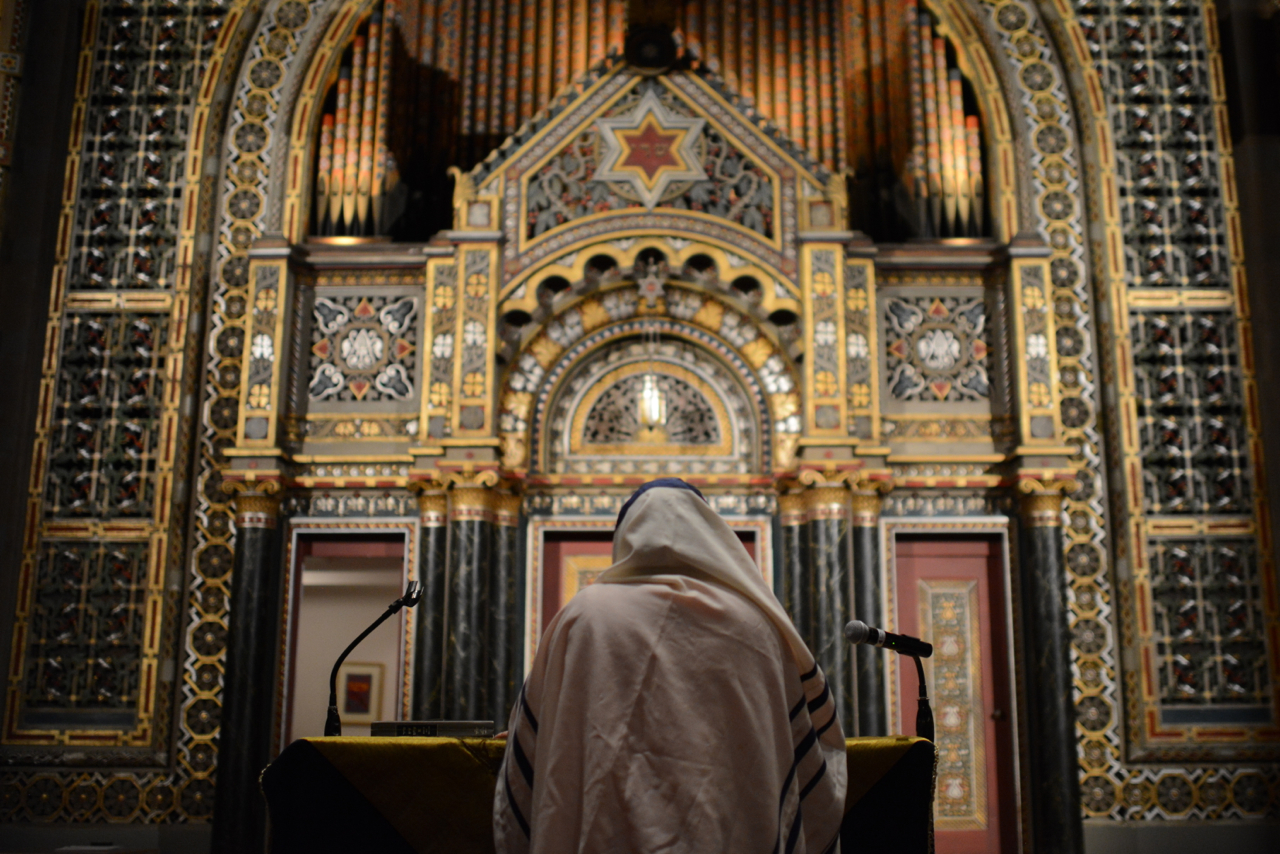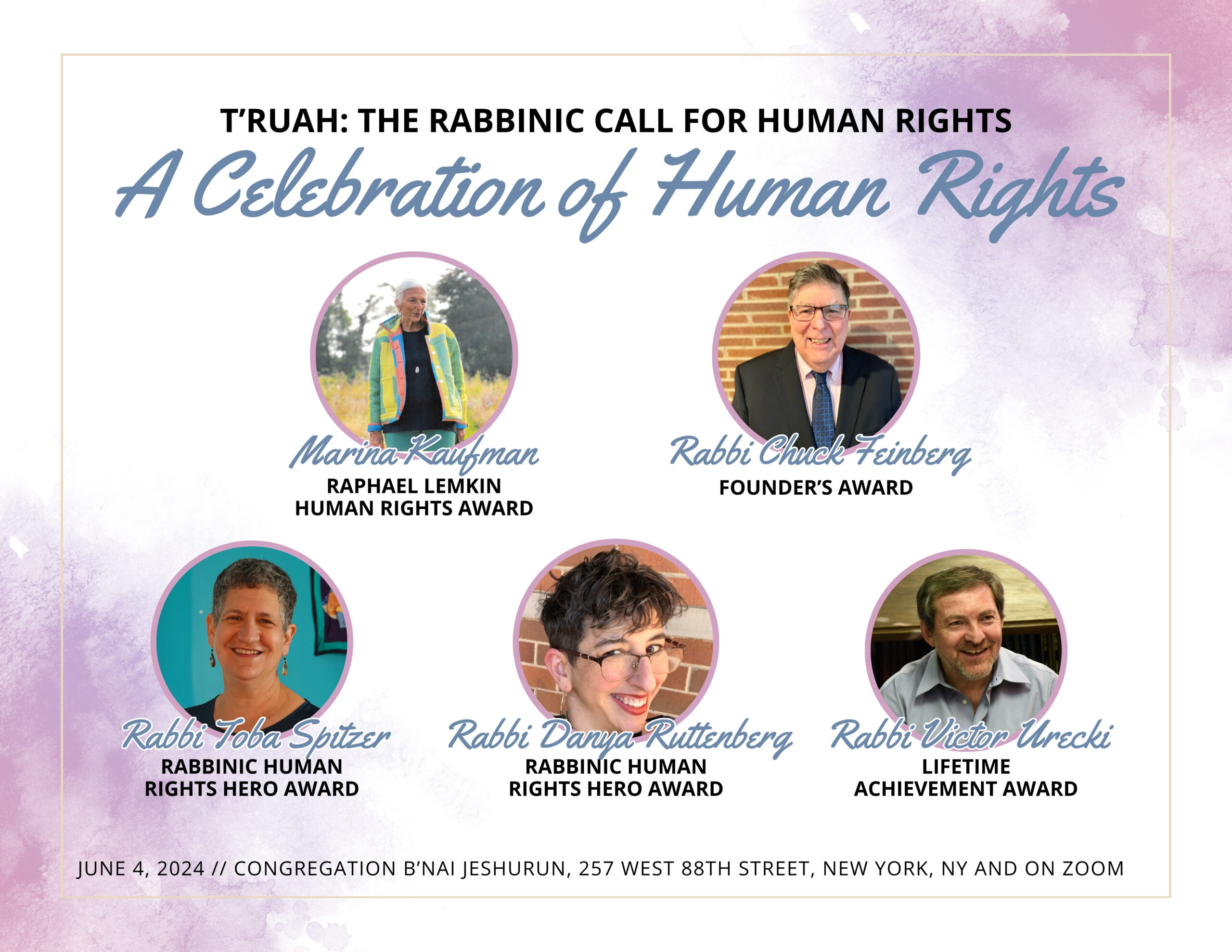In The Sabbath, Rabbi Abraham Joshua Heschel famously frames Jewish perceptions of holiness as holiness in time rather than in space: “The quality of holiness is not in the grain of matter. It is a preciousness bestowed upon things by an act of consecration and persisting in relation to God.” He describes Shabbat as a “palace in time … made of soul, of joy, and reticence.”
Our weekly Shabbat practices give us access to this holy time, tapping into the holiness of the work and rest of creation. But the rhythms of holy time are also larger. Holidays punctuate each year, giving time a wider sacred rhythm. And parallel to the seventh day for human beings, the seventh year becomes a year of holy rest for the land. Yovel constitutes an entire holy year, which follows seven sets of seven years. Following seven sets of seven years, we are to create a holy year: “…and you shall hallow the fiftieth year…for it is a jubilee. It shall be holy to you…” (Leviticus 25:10,12)
The biblical text prescribes and describes making the year holy at it begins, including a process of release and return; and the practice of abstaining from agricultural labor as core to living the year in holiness, all detailed in other sections of this volume. Here we investigate the concept of a holy year itself: What does it means for a year to be holy? Who is this holy year for? How do we begin it? And what do we do to create and foster this larger holy time – how do we make an entire year holy?
There is a sense of some confusion in these sources about how to mark the yovel year: Does it begin at Rosh Hashanah with the new year, or does it begin at Yom Kippur with blowing the shofar for release and return? Is it the fiftieth year, or somehow also the forty-ninth or the first year of the next cycle? For our own purposes, marking fifty years since 1967 – the expansion of municipal Jerusalem, the beginning of occupation in the West Bank and Gaza – we also wonder about the best way to note this year. Are we marking a fiftieth anniversary in 2017, or the entire fiftieth year (which would have begun a year earlier)? Did the fiftieth year begin on Rosh Hashanah—or on June 10, or on the 28th of Iyar (the dates on the Gregorian and Hebrew calendars when the Six-Day War ended)?
As you study the sources in this section, consider what it would mean for us to mark this contemporary fiftieth year as holy. For some, this is a time of celebration; for others, of somber reflection; for yet others, it is both. How do you relate to the range of reactions in your own community, or even within yourself? How do you see the roles of holiness and the sacred as a container for all this experience? What do you imagine you could do, as an individual or as part of a community, to make this year holy?


